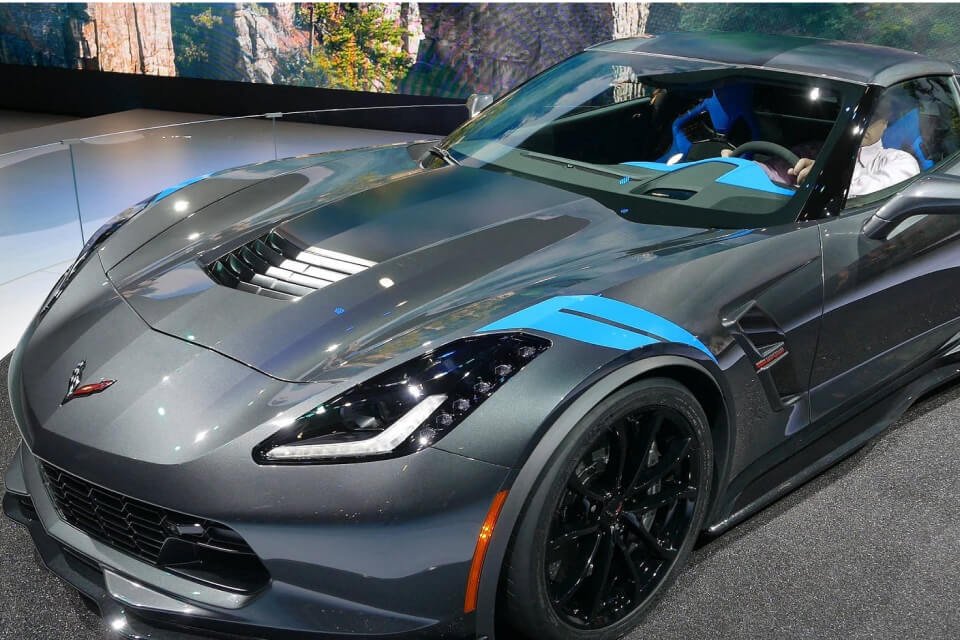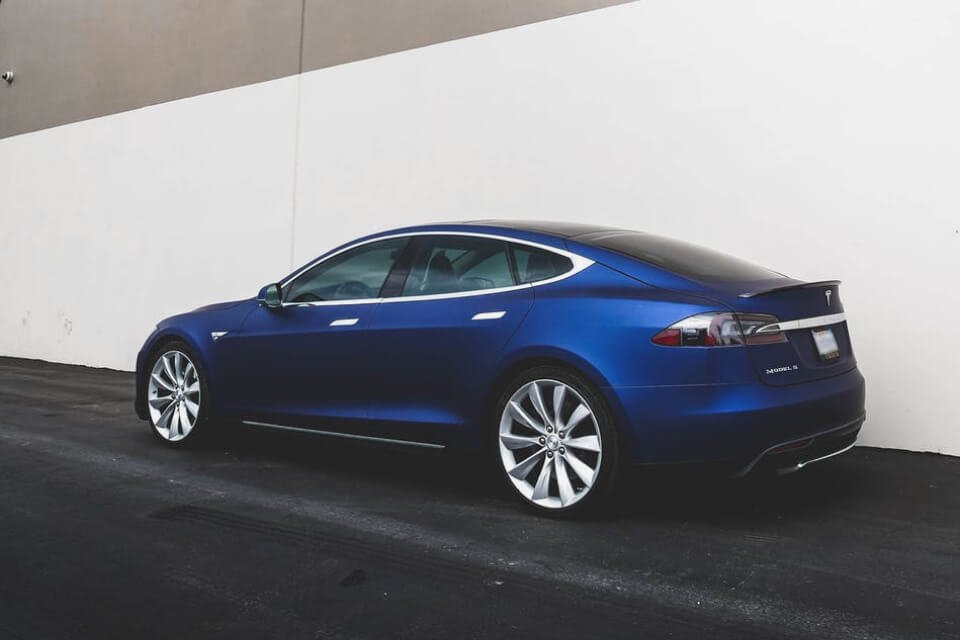Introduction
Coating technologies have significantly evolved, offering superior protection for automotive, industrial, and aerospace applications. Among the most advanced options available today are ceramic coatings and graphene coatings, both of which provide exceptional surface protection. While both coatings share some similarities, their durability varies due to differences in composition, molecular structure, and performance characteristics. This article delves into their fundamental properties, the mechanisms contributing to their longevity, typical applications, and relevant test methods used to evaluate their durability.
Fundamental Properties of Ceramic and Graphene Coatings
Properties of Ceramic Coatings
Ceramic coatings are primarily composed of silicon dioxide (SiO2) and other nano-ceramic particles. These coatings create a hard, hydrophobic, and chemically resistant layer on surfaces, making them highly effective in protecting against oxidation, UV damage, and minor scratches.
Key Properties:
- High hardness (Mohs hardness scale: 7-9)
- Hydrophobic and self-cleaning properties
- UV and oxidation resistance
- Chemical resistance against acids and alkalis
Properties of Graphene Coatings
Graphene coatings, a more recent innovation, utilize graphene—a single layer of carbon atoms arranged in a hexagonal lattice—to enhance surface protection. Graphene’s superior thermal conductivity, flexibility, and chemical stability contribute to improved performance over traditional coatings.
Key Properties:
- Higher flexibility compared to ceramic coatings
- Exceptional thermal conductivity
- Enhanced hydrophobicity and slickness
- Greater chemical resistance and reduced water spotting
Durability Factors of Ceramic and Graphene Coatings
The durability of a coating depends on its ability to withstand environmental stressors such as UV radiation, chemical exposure, and mechanical wear.
Durability of Ceramic Coatings
Ceramic coatings are known for their hardness and chemical resistance, providing long-lasting protection against contaminants and UV degradation. However, they are brittle, making them susceptible to cracking over time, especially in extreme weather conditions.
Durability of Graphene Coatings
Graphene coatings, due to their carbon-based molecular structure, offer greater flexibility and tensile strength, making them more resistant to cracking and chipping. Additionally, graphene’s excellent thermal dissipation properties help prevent water spots and heat-induced degradation, leading to an extended lifespan.
Applications of Ceramic and Graphene Coatings
Both coatings are widely used in industries requiring long-term protection against environmental and mechanical wear.
Applications of Ceramic Coatings
- Automotive Industry: Protects car paint from scratches, oxidation, and contaminants
- Marine Industry: Guards against saltwater corrosion and UV exposure
- Aerospace Applications: Provides heat and abrasion resistance to aircraft surfaces
Applications of Graphene Coatings
- Automotive Industry: Offers superior slickness and enhanced hydrophobicity for easier cleaning
- Electronics Industry: Used in coatings for electronic devices due to its conductive properties
- Industrial Machinery: Protects metal surfaces from chemical exposure and thermal stress
Methods for Testing Durability
To evaluate the longevity of coatings, several standardized test methods are employed:
- Scratch Resistance Test (ASTM D3363): Determines the hardness of a coating by applying controlled pressure.
- Water Contact Angle Test: Measures hydrophobicity, which is a key indicator of wear resistance.
- UV Exposure Test (ASTM G154): Simulates long-term UV radiation exposure to assess oxidation resistance.
- Salt Spray Test (ASTM B117): Evaluates corrosion resistance in harsh environments.
- Chemical Resistance Test: Examines how coatings react to acids, alkalis, and detergents over time.
Recent Research and Findings
Recent studies highlight graphene coatings as a more durable and versatile alternative to traditional ceramic coatings. Research conducted by the Journal of Materials Chemistry (2023) revealed that graphene-based coatings outperform ceramic coatings in flexibility, heat dissipation, and resistance to water spotting. Furthermore, advancements in graphene oxide (GO) and reduced graphene oxide (rGO) coatings are paving the way for even longer-lasting protective solutions.
Conclusion
While both ceramic and graphene coatings provide superior protection, graphene coatings exhibit greater durability due to their flexibility, thermal conductivity, and chemical resistance. Ceramic coatings, while still highly effective, can be more prone to cracking under extreme conditions. As technology advances, graphene coatings are increasingly seen as the next-generation protective solution for automotive, industrial, and aerospace applications. For consumers and professionals seeking long-lasting surface protection, graphene coatings offer a compelling advantage in terms of durability and overall performance.



